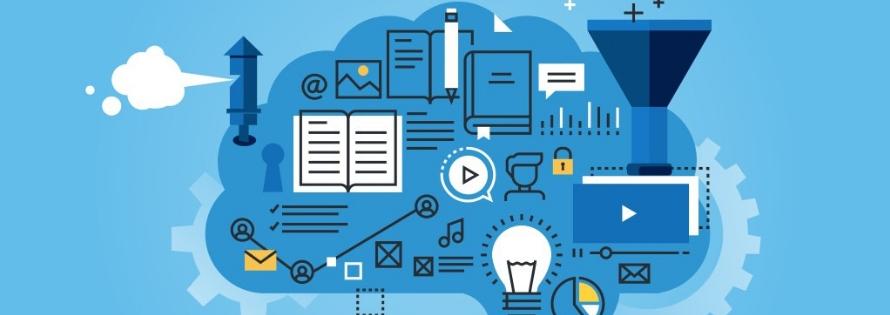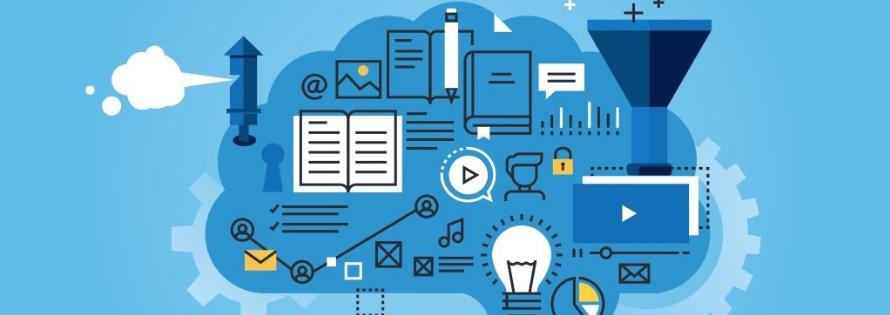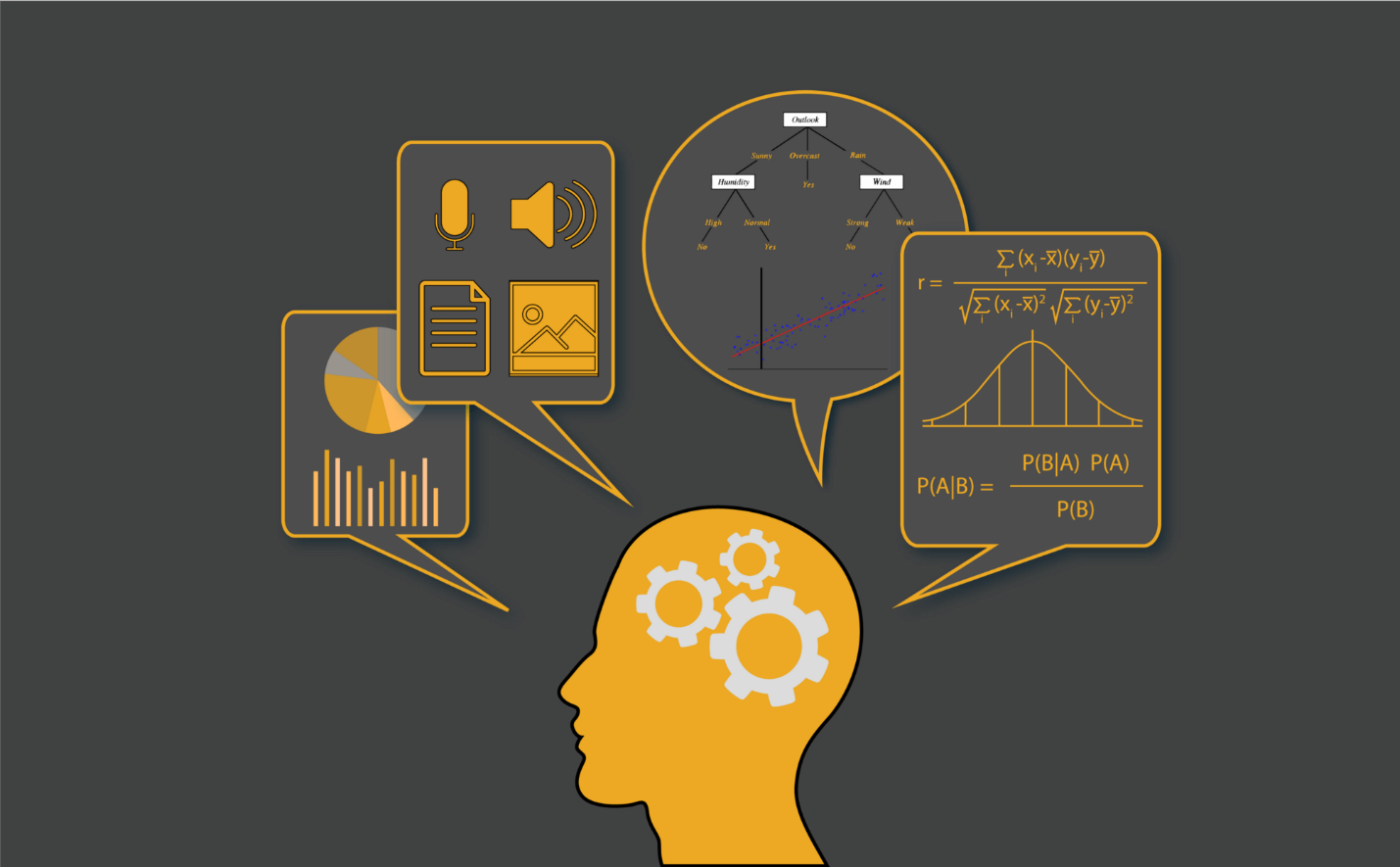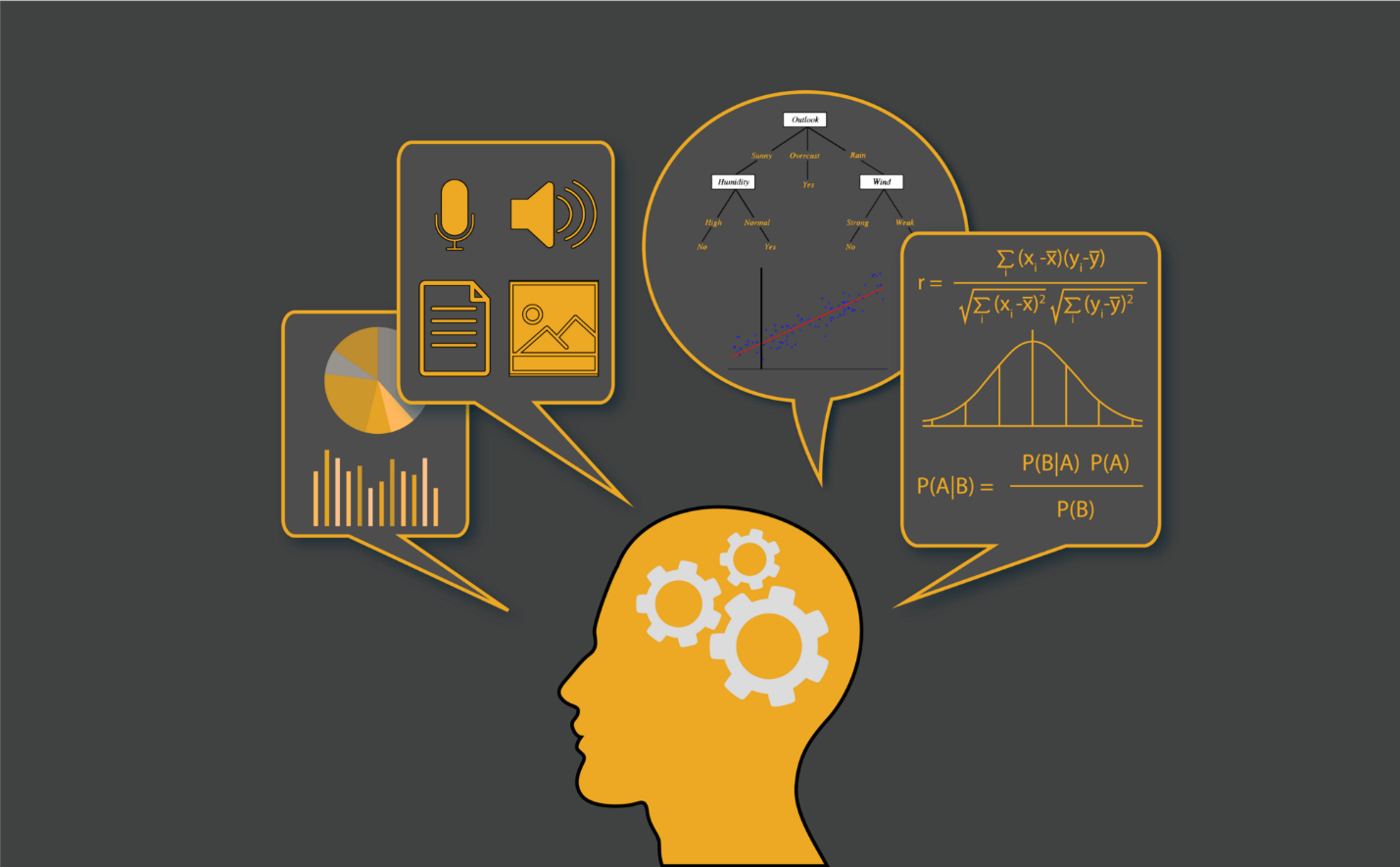How machine learning is changing the IT industry
Machine learning is an application of artificial intelligence. Artificial intelligence provides the system to automatically learn and improve a...


In expanding expectation of the community focus is greatly shifting to the manufacturing sector in various industries from agriculture to the automobile. We are in a world where seamless and timeless manufacturing units are working day and night for attaining the goal to meet the requirements of expanding the population. Introduction of artificial intelligence had introduced high-quality production with minimal costs involved. Various factories are demonstrating the usage of machine learning at multiple steps that are enabling the manufacturing factories to have a more successful outcome when compared to the one still stuck with old style array of work.
The use of this core technological advancement is driving a wave of forceful automation powered by automated machine learning and artificial intelligence. With the change in the attitude, industries are becoming data driven where data is becoming a game changer and a valuable resource to learn and analyze for decision making. Management of stores is also becoming easier. Through the use of the process-based machine learning manufacturers are utilizing data at various levels to effect as well as impact the organization from to bottom. This is reflected in the improvement in production efficiency, enhancing product quality and better employee safety.
Let us now see how machine learning is revamping the manufacturing industry in the 21st century’s technological era
Ever visited any factory recently? Remember how in old methods products were throughout checked by human hands and eyes who were lined up in lines at various quality check-in stations. These employees were deployed for checking out any flaws. This work seems to be overrated and time-consuming, where hundreds of workers will stand up for hours to find out the errors. And even a single second miss of focus can easily lead to ignorance of small flaws. But since there was technological reform somewhat after 1970’s companies started introducing machine driven quality assessment. Now for detection of any quality issues, human interference has reduced to almost zero. From scanning for the labels to finding issues in weight and size machines can be learned to do all as well as programmed to find misfires. The algorithm developed through machine learning allows working in many better ways in the form of visual inspections to identify flaws more quickly and efficiently.
In a recent study in the steel and manufacturing industry, it was found that through the implication of machine learning in the earlier stages of quality assurance helps in the defect detection in the earliest of the findings leading to minimal wastage and maximum output in the factory setup. Not only this through machine learning these companies were able to find the reason for these defects and store them for the future references also.
When we talk about the manufacturing sector then we know that the main unit on which the whole sector is dependent on is the machinery and equipment no matter how small these are. When there is a sudden breakdown of these units it leads to maintenance which halts the working of the set up sometimes scaling up to even several days, so more such halts means more loss of the money which is usually unwanted in the manufacturing sector and can draw undesired raises in the expense and price of the finished product.
Infrequent and unwanted maintenance fixes lead to cost burden and breakdowns. In a recent survey, it was found that the equipment downtime globally adds up to the financial loss of $ 647 billion dollars annually with an average costing of 5000 U.S dollar per minute. With these figures popping up we must remember that even a single outbreak of unplanned breakdown outrage is sometimes equal to the total cost of installing machine learning in the setup in one go.
Machine learning can easily detect the errors and defects which are preferably going to affect the equipment so that they can be fixed as soon as possible. Also, they can study the previous data to identify the followed pattern of failure so that the issue can be addressed with the time frame. Checking the data within the equipment sometimes reduce the manual checkup timings and requirements. They can increase the efficiency and speed of the system processes also.
Due to the high cost and major inconvenience that occurred whenever a machine is taken in for the maintenance is the main reason why maintenance in a setup occurs only when there is a breakdown. But as said, prevention is better than cure. This pattern of post-action has to be changed to proactive maintenance which can be easily handled by the machine learning. The role of artificial intelligence and machine learning is clearly defined in finding the errors through the predictive analysis of the previous data and find out the line of breakdowns before its actual occurrence.
So the ball moves in the court of the owner and decision can be made to choose the ideal time and avoid the unwanted excessive costing and losses that may appear in the sector due to machine going offline.
A recent study done by Deloitte found that poor maintenance cycle in the manufacturing unit reduces the capacity of the production by almost 20%, which again sum up the total cost of installing machine learning, which can easily avoid the insufficiency and inefficiencies in the setup.
The supply chain is the evident part of the manufacturing system when you want the end product made by the equipment to reach the proximal user as earliest than the role of the supply chain cannot be ignored. This makes it quite essential for manufacturing business. As the exposure of the industries become more globalized and liberal into sectoral connection and dependency on each other has increased the introduction of machine learning has become more evident. So in a manufacturing unit, a lot of challenges are faced for the optimization of supply chains in a proper manner.
Supply chains are the most susceptible part as they become easily affected by the change of weather, and systems, fuel prices in the world, conditions of railways and ships. So not only the equipment downtime affects the costing but the failure of supply chains leading to filling up of the finished material or raw substances in the warehouse equally hampers the efficiency.
So optimizing the supply chain through machine learning plays a crucial role by solving complex issues and giving prompt responses in lesser time frames.
A system process which is powered with machine learning can figure out multiple factors into consideration which allows having the best possible choices related to the business profits which range from calculating extra time to potential hurdles all in one go.
Though this directly does not affect the manufacturing sector but optimization of this field will surely uplift functioning as well as the end result of the manufacturing unit. Within an organization, it plays an important role no matter data is related to which unit. They are massive, time-consuming and needs a lot of energy to maintain.
They are usually estimated to increase the costing within the organization to 20% of the product and the burden is borne by the addition of this to the finished product. Even the slightest innovative method of data management can lead to the cost reduction of 2-3%. For example, what if you can't manage the inventory related to unsold and unfinished product and they remain to pill up in the warehouse without your information, this effect the flow in the system and hampers the profit.
Here the role of machine learning is calculative and to find out the ratio of increase and decrease in the production by studying the inventory and taking decisions accordingly. This includes the study of market price, stock available, holding cost, production capacity and sales in the market. A careful balance of these elements can give us the figure reflecting the subtitle requirement and efficiency increments.
After a detailed study of each and every aspect now we can say that machine learning can bring evident efficiency in every area and function of the manufacturing sector. Also, this is very evident that early the introduction better will be the results. Trends related to Machine learning introduction offers substantial growth both in terms of energy efficiency and cost reduction. Explained features along with the flexibility of usage in the technology have increased the popularity of machine learning. Each company has its own set of difficulties, hurdles, and complexity that can be easily tackled with the wise implementation of the machine learning as early as possible to have the best benefits.

Machine learning is an application of artificial intelligence. Artificial intelligence provides the system to automatically learn and improve a...

An automation learning system is a rather modern twist in artificial intelligence lookout that represents a shift in the system and how organizations...

Have you heard the news from the international Dota 2 championship held in Canada in August last year, the AI-enhanced robotic gamers lost to human...